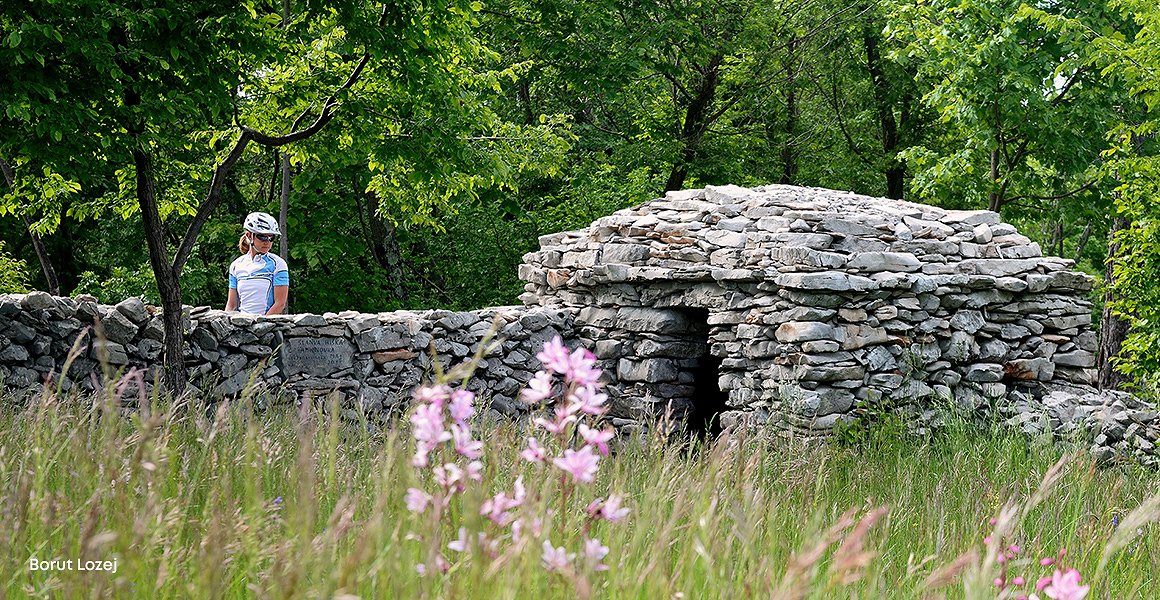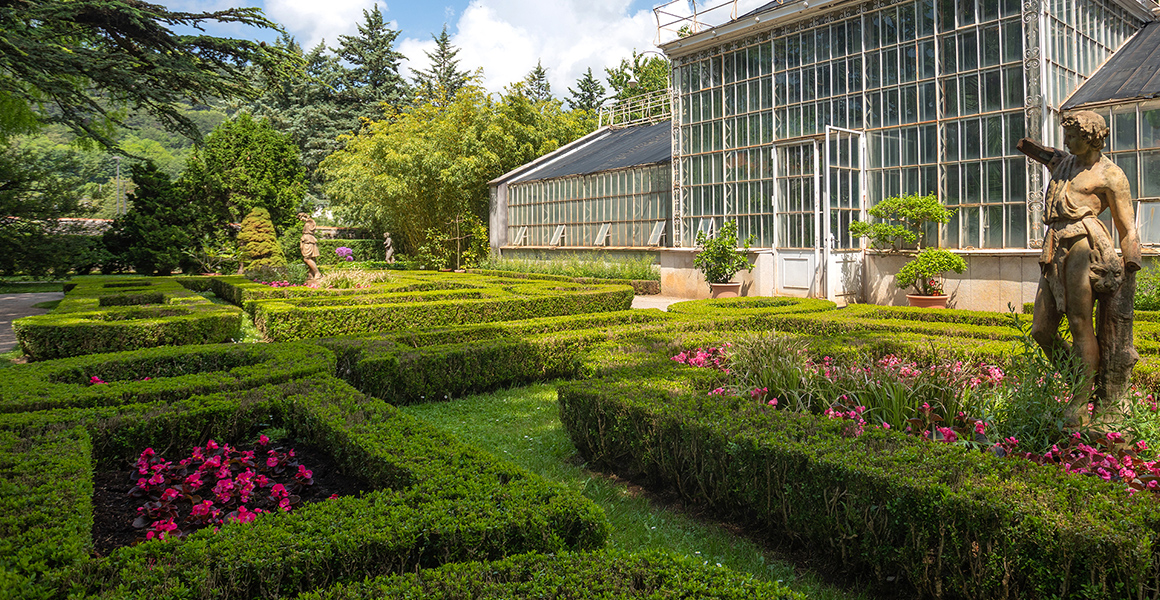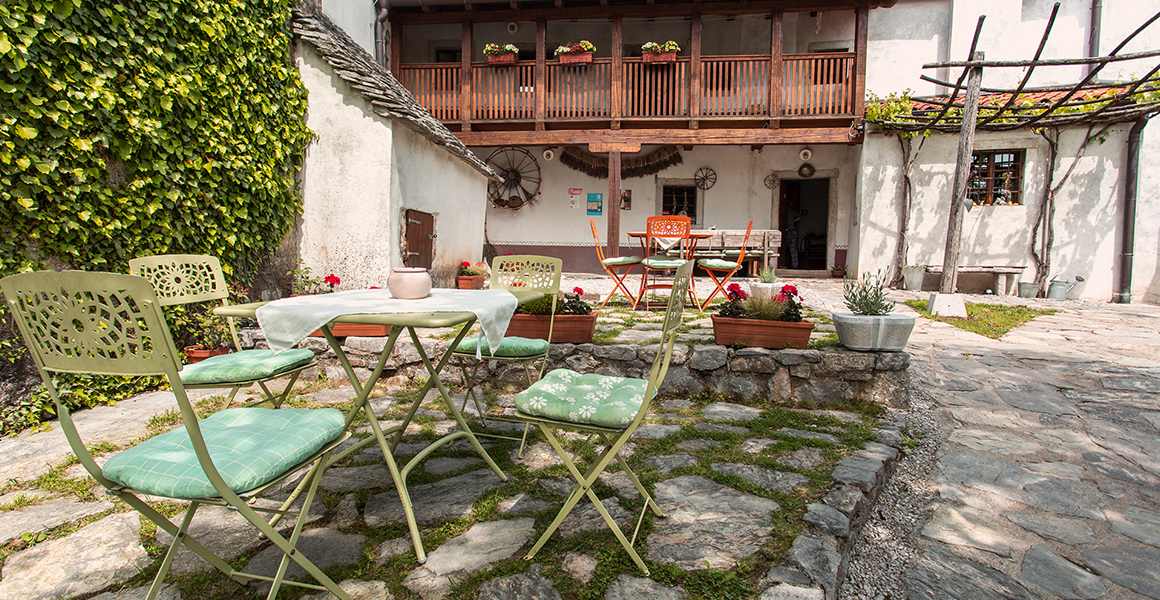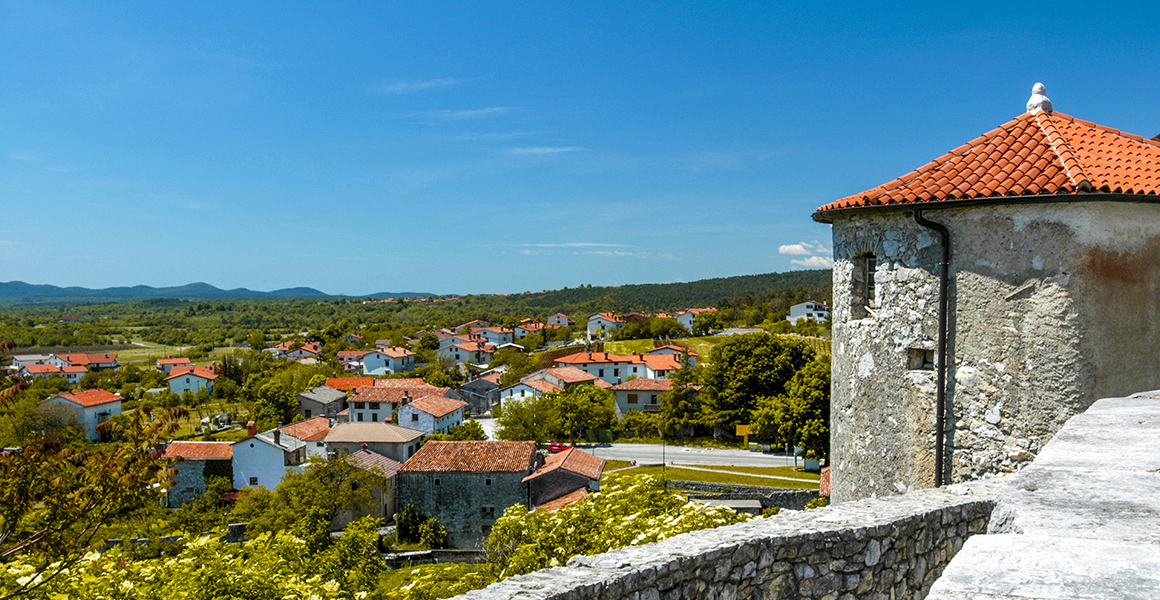The second stage takes you from Lipica through the Karst Living Museum, nature densely sprinkled with karstic phenomena. Here you will encounter drystone walls and shepherd's stone cottages built without mortar, characteristic of the karst. Stopping in Sežana it's always worth your while to visit the unique botanical garden there. Along the karst commons and past vineyards, through the village Pliskovica with its distinct homesteads, the way leads to Štanjel whose captivating vista attracts from afar. The walled village with its castle and famous Ferrari Garden is a true pearl of karst architecture. In Štanjel, accommodations are available.








